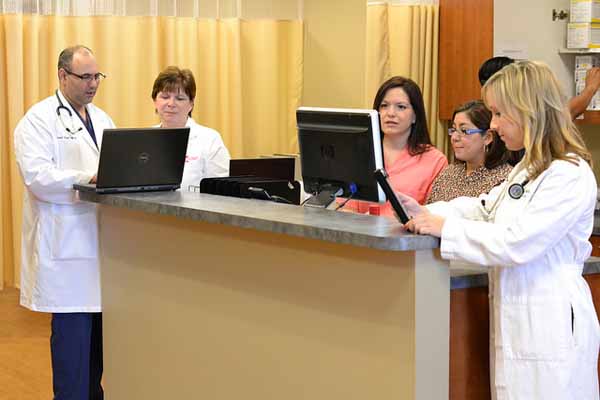
Just when you thought no one could make the Quality Payment Program (QPP) any more complicated, the agency that runs the program has done just that.
Beginning in 2019, the Centers for Medicare & Medicaid Services (CMS) will split the QPP’s advanced alternative payment model (APM) track into two options: the original Medicare Option, and the new All-Payer Combination Option.
This will give physicians another way to be Qualified Participants (QPs) in the Advanced APM track. The other QPP track is the Merit-Based Incentive Payment System (MIPS), but we’ll talk about that later.
For the past two years, the Medicare Option has been the only path to achieve QP status in the advanced APM track. This option offers participation in advanced APMs within Medicare only.
The new All-Payer Combination Option allows participation in Medicare advanced APMs plus other-payer advanced APMs, including Medicaid, Medicare Advantage, commercial payers, and others.
This gives physicians another opportunity to qualify for the 5-percent APM incentive payment in the advanced APM track. That’s also another opportunity to be excluded from 2019 MIPS reporting requirements and the 2021 MIPS payment adjustment.
But CMS says if you use one of these two options but don’t meet the required payment amount or patient count thresholds to qualify as a QP or partial QP, you’ll have to participate in the MIPS track (unless you’re exempt).
As a reminder, your participation options for MIPS include reporting at the individual, group, or virtual group levels; or through participation in a “MIPS APM” model using the APM scoring standard, which includes different MIPS category weights and modified data requirements.
If none of this makes any sense, or if you want to learn how the All-Payer Combination Option fits within the QPP, register for the CMS webinar scheduled from 1 to 2 pm (CT) on Wednesday, Sept. 12.
During the webinar, CMS will cover:
- Overview of APMs and advanced APMs;
- All-Payer Combination Option basics;
- What qualifies as other-payer advanced APMs;
- How to qualify as APM participants under the All-Payer Combination Option; and
- FAQs, additional resources, and Q&A session.
For details about the All-Payer Combination Option, refer to these CMS FAQs and glossary.
You can find more information about your 2019 APM options in the QPP website and CMS 2018 resource library. If you have questions, contact the QPP Service Center at (866) 288-8292, or by email at QPP[at]cms[dot]hhs[dot]gov.
As always, visit the TMA MACRA Resource Center for a list of additional resources and information to stay informed.